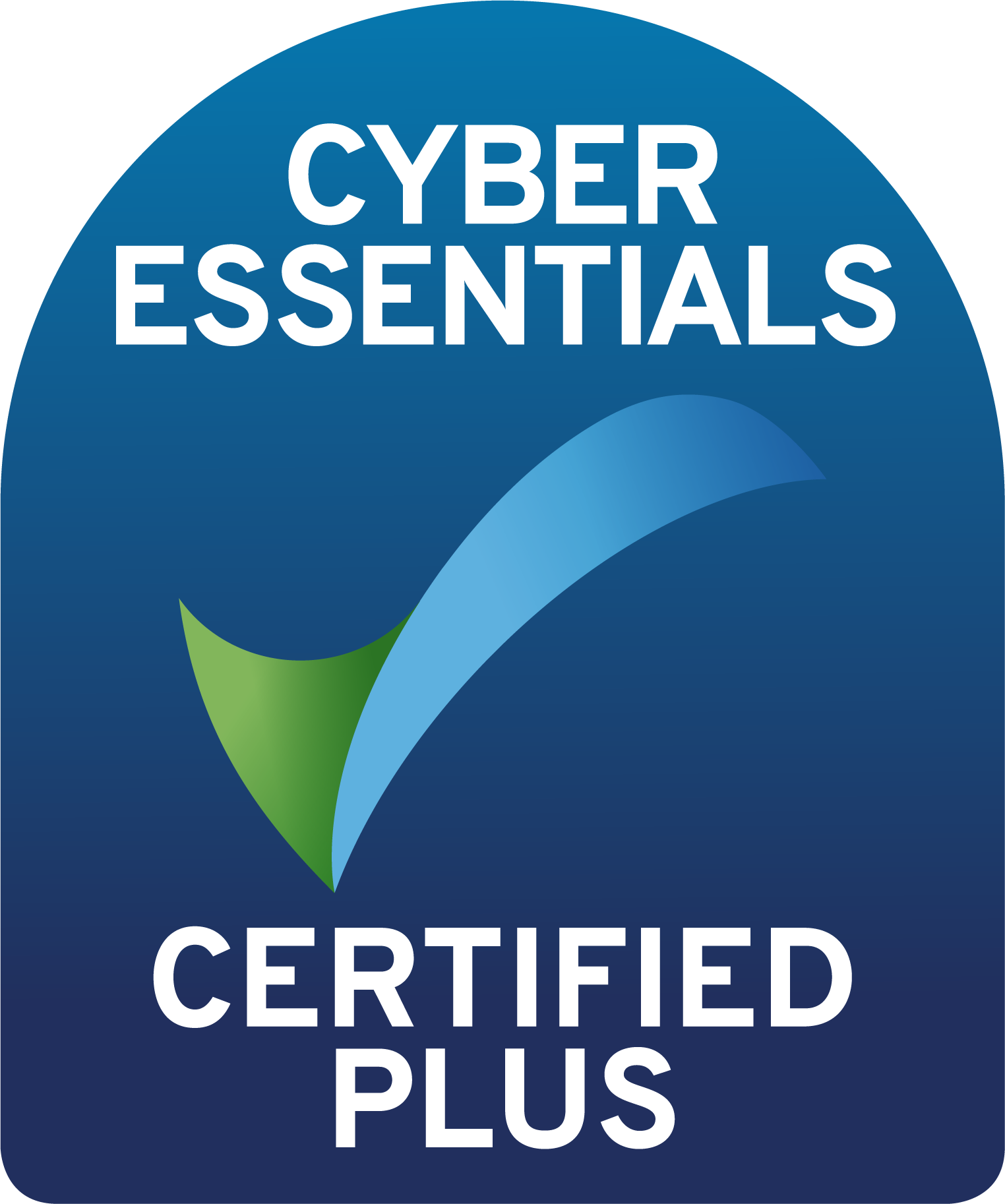




Gala Technology Limited, Unit 10 Farfield Park, Manvers, Rotherham, South Yorkshire, S63 5DB
what3words location ///balance.buyers.shrug
Articles | Support | PCI-DSS | Chargebacks | Advice | Payment Solutions | Switch To SOTpay | Jobs
Copyright © 2015 - 2025 Gala Technology Limited. All Rights Reserved.



